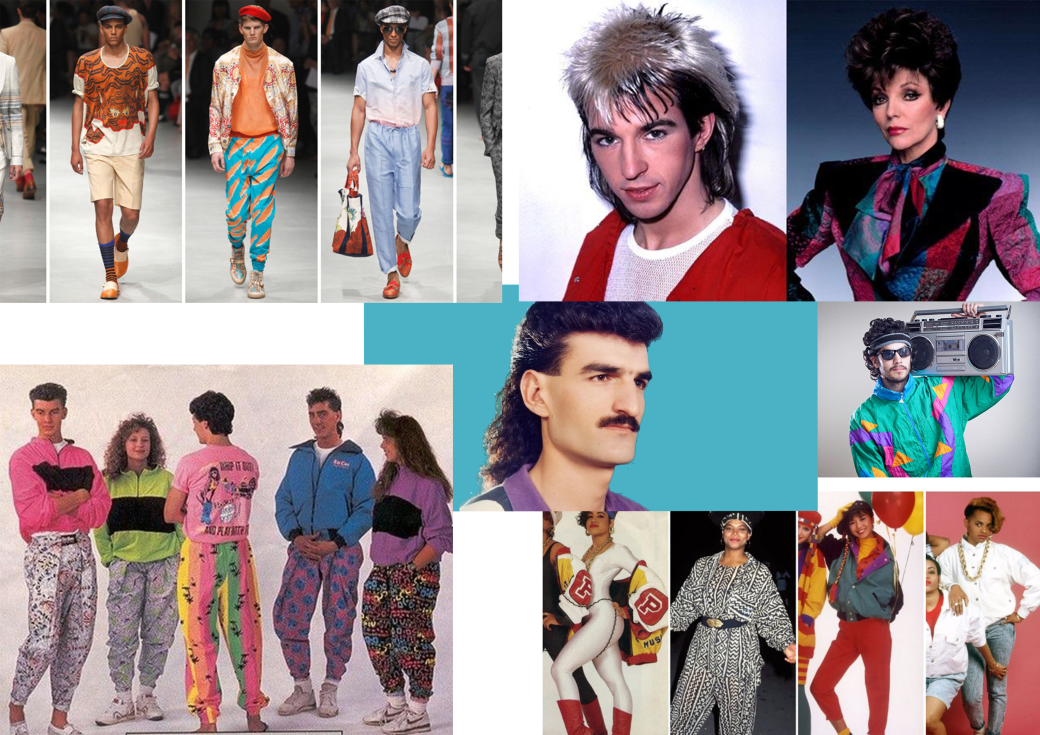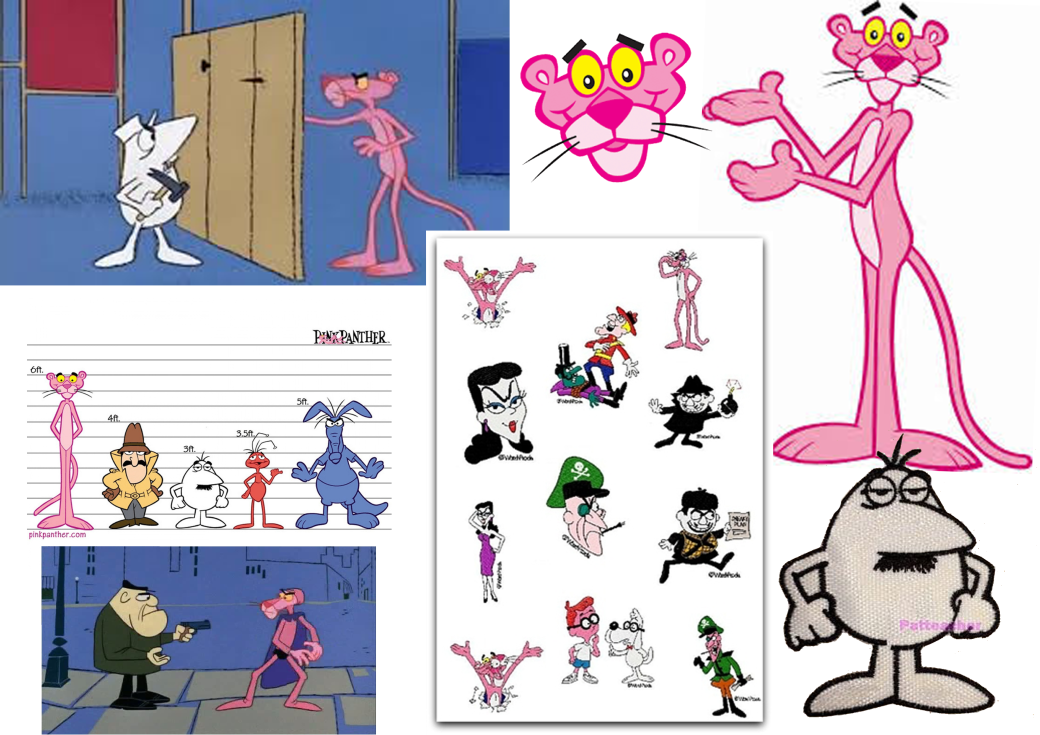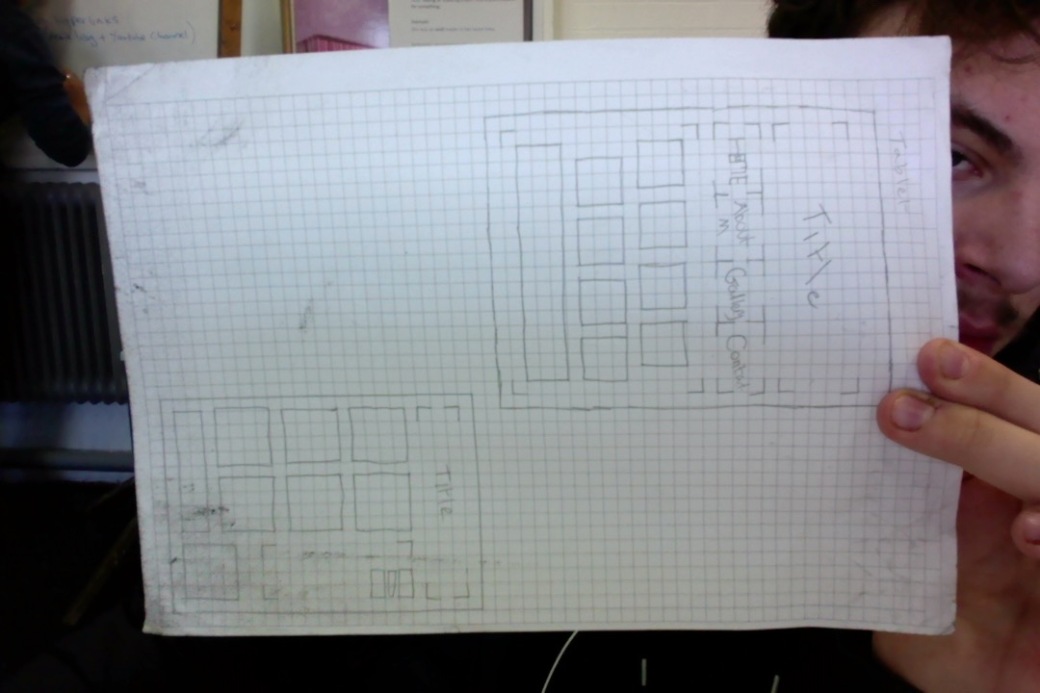Research
During my research, I went to the Power Up exhibition in the Science Museum, showing off many consoles like PS1 and many of the older consoles such as arcade machines. Seeing them, gave me the idea for the arcade machine scene. I created the Stone Age part of my animation from imagination and a little bit of research, as I didn’t want it to look like an actual Stone Age. I wanted it to have a more cartoony feel like my characters have. I struggled to find the appropriate research.
In my animation I wanted to include a scene, where the Neanderthal was painting on the wall of the cave they lived in, like the Cayeux cave paintings. However, I couldn’t seem to find any simple designs and a model cave that they used to live in. I also did not like any of the styles I found, as they were not what I wanted them to look like. I looked on the internet and in the following books:
Jayne Pilling. (1997) A Reader in Animation Studies. 1st Sydney: John Libby & Company Pty Ltd.
Roger Sears. (1999) Cracking Animation. 2nd United Kingdom: Thames & Hudson Ltd.
Kenneth Powell (2003) Games Design under a Lens. 1st United Kingdom: Merrell Publishers Limited
Many of the Pink Panther episodes inspired the art style of my characters and how they are created, as well as the simple way in which they are animated, i.e.the animated characters on top of the background and minimal detail. The choice of colour palette, e.g. mainly pastels, pinks and purples, is also due to the Pink Panther inspiration. Like the Pink Panther, my characters are also almost silent.
Planning and Time Management
I finished on time, because most of my animation was fairly simple to edit together, however, I could have added in more, if there had been more time. I used cut scenes to explain what is happening. Originally I was going to draw out every frame of my animation because of the limitations of my skills on Animate, having only learned it recently.
For the most part, I stuck to my action plan, however towards the end, in order to stay on track, I ended up doing everything including sound, editing and creation of backgrounds in one day. In hindsight, I should have allowed more time for the sound and background creation. I also could have started learning Animate earlier on.
Developing and Modifying Work
Originally, I wanted the boy to get sucked into a computer because of a virus, however, in the end, I decided that didn’t make sense. Therefore I changed it to him getting a time traveller watch instead. In total I experimented with three ideas: the original one was the virus, then the watch and finally the idea I favoured, was that it was all a dream, although I was a bit concerned that this idea was overused in animations. I chose a simple title, as it is catchy and clearly describes the story.
My ideas were not very varied, however, I feel they were all achievable for me to do. I spent many hours working on idea generation and I feel it was an adequate amount. When experimenting with colours, I created a mood board to see what colours were used by the animations, which had inspired me and which added a new depth to my animation.
My original plan had been for the boy to fall off the cliff and onto a lot of spikes, however, I did not have enough time to animate this and also felt it was not very appropriate, so instead he just falls off the cliff.
During the final processing of my animation, it dawned on me, that my animation was lacking a lot of diegetic sounds, so I created these by recording them on my phone. I used my imagination to record hand tapping on a key board when the character hits the keyboard in the arcade scene. In the same scene I created a sound for gunfire and was going to add a voice recording of the speech bubble, but had not enough time to do so.
For the music, I searched the Internet to find a piece of non-copyrighted music that I could use, as I was short for time. I would have composed my own music given the time. However, the music I picked did not sound right for the scene, as it was too fast, so I slowed it down in Premier Pro and cropped it to a part I liked, which sounded good with my animation. I wanted to find a sound for a door slamming and would have created my own, but did not want to slam a door in College. Also, the room I was recording the sounds in had too much echo, so I could not record proper footsteps. For the wind sound I used the free archive available on the BBC Sound Effects.
I chose the typeface for the cut scenes because I like it, although I believe some people might find it a bit hard to read.
Materials, Techniques and Processes
For the creation of my animation I used the following materials: Adobe, Illustrator, Photoshop, Animate, a bit of After Effects and Premier Pro (my favourite software because I enjoy editing).
I would have drawn out more of the frames, if I’d had more time.
Animate took me a while to learn and I would have liked to have been better at it.
In hindsight Adobe After Effects would probably have been a more suitable program for my animation, but as I find it difficult, I used Animate.
The Final Outcome
I chose an Animation, as I thought I would enjoy this project the most and am happy with my final project and feel it fulfilled the requirements of the brief. However, if I was to do another project, I would definitely change what I created. I would have preferred making a short film, as I enjoy the editing and the filming process. To be honest, I underestimated how complicated the animation process would be and it did not help that I am a beginner at Animate.
However, this experience helped me to improve my animation skills and taught me that I need to spend more time thinking about a project and how to realise it. I also need to be realistic about my abilities and start planning and structuring the project earlier on, so I do not run out of time at the end. In future, I need to build more on my strengths.
Strengths and Weaknesses
The following worked well for my project:
I feel the choice of music is appropriate and fits the animation as do the sound effects. I like the story line and included the scene, where the man is mean to the boy, as children and young people can identify with this. Time travel is also a good subject in my opinion.
I feel I could have improved on the following:
The overall look could have been improved, i.e. I could have drawn out more scenes and created more sound effects and made a longer animation.
During the course of my studies and especially working on this project, I feel my animations have improved and become more sophisticated. My editing skills have also got better. I think I have got better at sound effects and finding suitable music and I now have a better idea of where to look for resources.
Conclusions
If I did this project again, I would do a film instead. However, if I was to do another animation, I would get better at After Effects first, so I could produce more complex animations.
This project taught me how to use Animate. I also got better at matching sound and music. I learned that good time management is very important, so one does not have to rush a lot of things at the end.


















